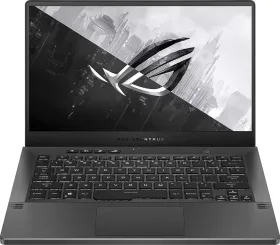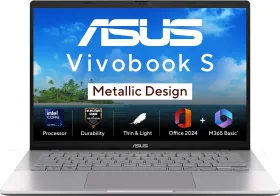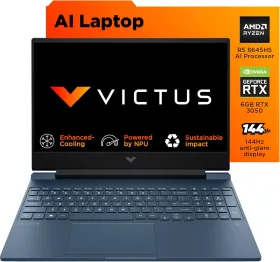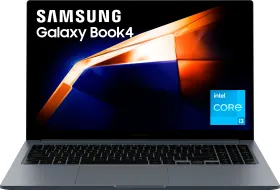High-refresh rate displays are now must-haves for flagships. OnePlus can be credited with taking the technology mainstream with the OnePlus 7 Pro last year, and this year, the company has managed to deliver a QHD+ resolution display that refreshes at 120Hz (on the OnePlus 8 Pro) – stats that Samsung couldn’t match on its flagship Galaxy S20-series.
The Galaxy S20 supports a 120Hz refresh rate only for Full HD resolution, while QHD+ resolution works at standard 60Hz. As we experienced in our review, the battery drain on Galaxy S20 (Exynos variant) steeply increases when the display is operating at a 120Hz refresh rate.
So, why can’t galaxy S20 support 120Hz with QHD+ resolution? What factor is primarily responsible for the excessive battery drain on 120Hz screens? Is it the chipset that needs to work extra hard to push that many pixels that fast? Exactly How much impact does QHD or Full HD+ resolution have on battery drain in 90Hz or 120Hz screens?
Wonderful folks at AnandTech have worked out the answers with some power drain tests on OnePlus 8 Pro. Before we elaborate on the analysis, we will cover a few display basics.
TL;DR: It’s the display driver IC (DDIC) that’s mostly responsible for battery drain. The display resolution and chipset do not have much impact on the increase in battery drain with high-refresh-rate displays.
Shifting from 60Hz to 120Hz or from 90Hz to 120Hz will significantly increase battery drain, but shifting from full HD@120Hz to QHD@120Hz or from full HD@90Hz to QHD@90Hz will not have much impact on battery mileage.
Samsung Galaxy S20-series doesn’t support 120Hz at 2K because they have a single-channel MIPI Lane connecting chipset to DDIC. OnePlus 8 Pro does because it has a dual-lane interconnect and can handle the increased bandwidth. In other words, the omission on the Galaxy S20 or on Galaxy Note20 Ultra is not because of battery concerns.
How Displays connect to Chipset?
As you must know, it’s the chipset (that integrates GPU) that crunches text, images, and pixels and determines what needs to be displayed on the screen. The chipset connects to different components like RAM, storage, cameras, etc. using MIPI Physical interconnects (mostly). In simpler terms, these are connecting highways and factors like the width of these highways and the protocols governing the smooth movement of traffic (data) on these highways have a huge impact on the phone’s performance.

The Chipset relays data to be pushed on screen through these interconnects to the display driver integrated circuit (DDIC). The DDIC then sends the data representing the image or text for the screen as an electrical signal to the display panel.
Why Galaxy S20 series phones don’t support 120Hz?

Samsung didn’t just turn off the 120Hz display to conserve battery. The S20-series has a single-lane MIPI interface between the Display Driver IC and the chipset and thus can’t handle the bandwidth required to do QHD+ at 120Hz. This also means that Galaxy S20 Ultra and Galaxy S20/S20+ will not get 120Hz support for QHD+ or 2K resolution via a future software update.
The OnePlus 8 Pro, on the other hand, has dual MIPI interfaces and can handle the bandwidth required to implement 2k at 120Hz.
Also Read: What is AV1 Codec and why you should be interested
Impact of increase in display resolution on battery drain

Just as the Galaxy S20, OnePlus 8 Pro shows a spike in battery drain when switching from 60 Hz to 120Hz. However, the difference in battery drain for FHD vs QHD resolution is insignificant.
So, we need not worry about high-resolution having adverse battery impact when it comes to 90Hz or 120Hz screens. It’s the display panels and DDICs that seem to draw maximum power.
A potential solution, Anandtech points out, will be Variable Refresh Rate. Since we don’t have Variable Refresh Rate (VRR) DDIC for phones, these ICs keep pushing at the same pace and keep heavily drawing battery even when static content is being played on the screen.

































